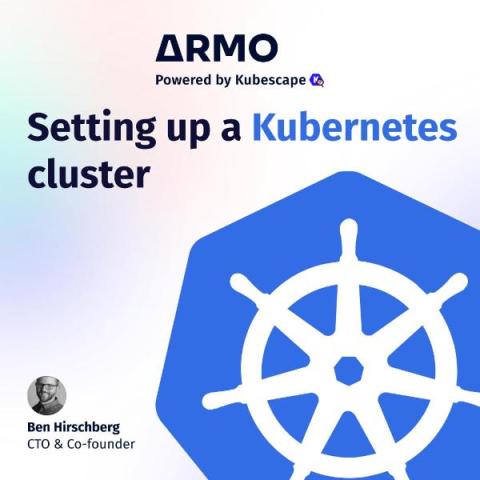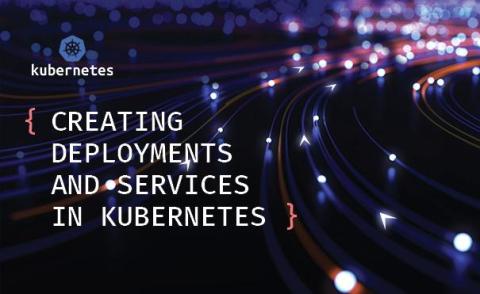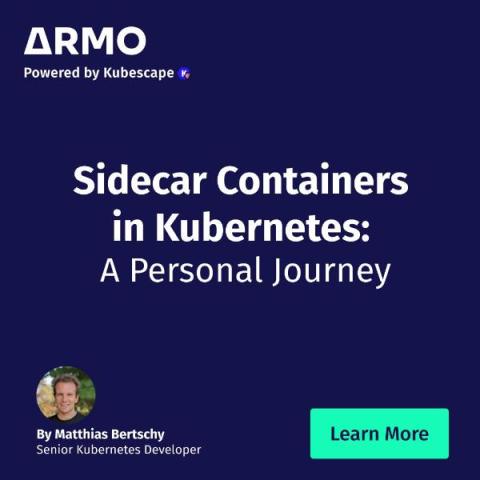Security | Threat Detection | Cyberattacks | DevSecOps | Compliance
ARMO
Block the attack paths into your Kubernetes clusters
Setting up a Kubernetes cluster
Kubernetes is an open-source platform for governing clusters of containerized application services. Kubernetes automates the vital aspects of container lifecycle management, including scaling, replication, monitoring, and scheduling. The central component of Kubernetes is a cluster, which is itself made up of multiple physical or virtual machines.
How to Create Deployments and Services in Kubernetes?
Kubernetes is a container orchestration tool that helps with the deployment and management of containers. Within Kubernetes, a container runs logically in a pod, which can be represented as one instance of a running service. Pods are ephemeral and not self-healing, which makes them fragile. They can go down when an interruption occurs on the server, during a brief network problem, or due to a minimal memory issue—and it can bring down your entire application with it.











